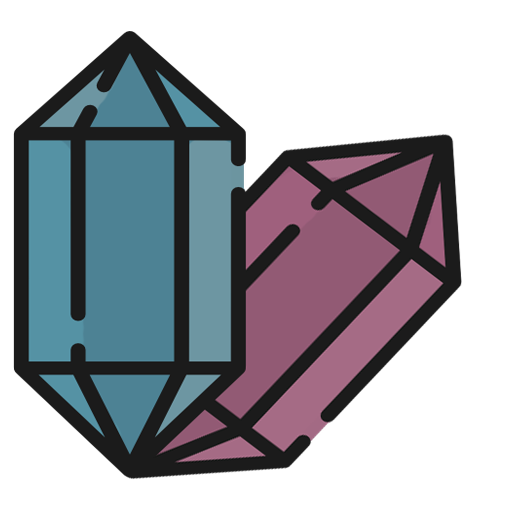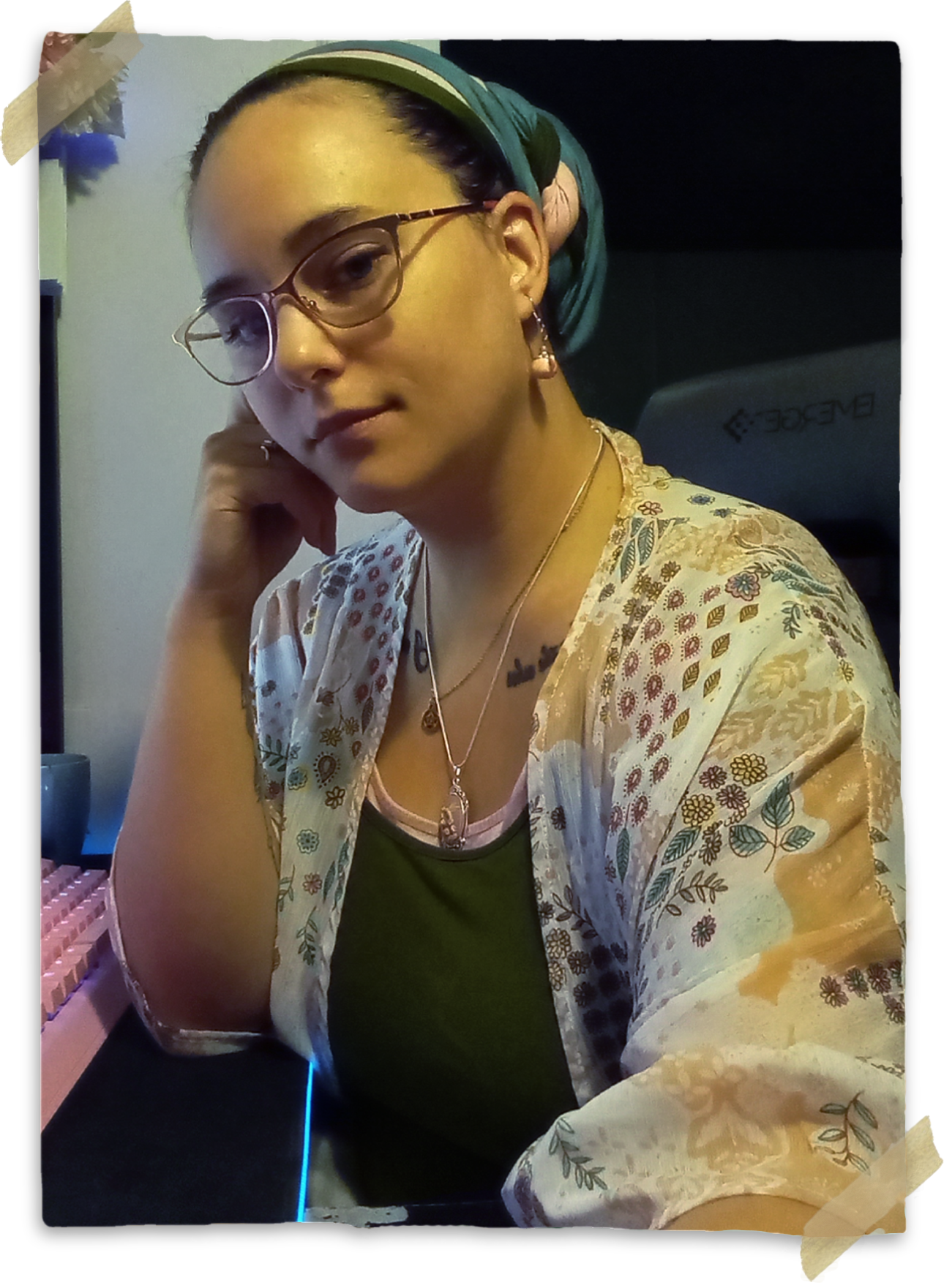Later tensions between the Ileri and the newly forming Enethian subcultural group led to the events of the Red Schism in 5896. There, too, Baruti was partially razed, with the Enethian resistance sittuated firmly in the
Abara-Netamesphut, or the city's High Temple; tensions had begun over the Enethian occupation of the
Harapwati Teshut. Before the incident was resolved, rioting saw the razing of most religious sites in the city- including
Abara-Netamesphut, the Adon Neora Monastery, and Se-Hesmiya.
Today they maintain a tentative peace with the Khenra and raids have ceased, but tension in the city still remains high between the Ileri and Enethi. This is compounded by the still sparse resources, and limited trade export; the city relies largely on tourism to survive- being a religious Mecha for the Ileri in particular, but members of all cultures and faiths travel to Baruti for theological study, and study in divine magics. Despite what tourism brings into the city, however, it still strains Baruti's already limited resources, furthering the gap between the city's wealthy Priestly caste and the rest of its citizens.
City Structure & Design
Baruti is a sprawling city organized into several districts known as Septs; there are six Septs in total- each of which has a semi-distinct purpose depending on its location.
The
Northern,
Eastern, and
Western Septs are all located outside of the city's older walls, and predominantly house the impoverished along with essential services such as Blacksmiths, Stables, and lower end Taverns and Inns; the closer to the city walls a building is sittuated in these Septs, the higher in income and status it typically is. Lower income families typically live further away from the city, with only limited access to its services.
Located inside the city walls alongside
New Baruti and the
Lake Sept, Old Baruti consists largely of the city's religious functions, including
Abara-Netamesphut- the high temple to the Ilerian Divinity Netamesphut- and the associated Se-Hesmiya. It also houses the city's Enchanters, Arcanists, and similar professional functionaries- as well as their related services. It is likewise home to the Priestly elite who rule the city.
By contrast, New Baruti contains the city's financial elite, as well as housing visiting dignitaries, and other important figures. The Barutian
Harapwati Teshut branch is located here, as most of Baruti's Scientists, Explorers, Archivists, and similar figures also call this Sept home.
Lining the shore of
Lake Khonsu, is the Lake Sept housing not only the city's water trade with its sister city of Sotep-Shiran, located across the lake... But also the Barutian
King Tombs- including the
Tomb of kheper-Nebt, which takes up the majority of the lake's skyline as the largest and most important among the
King Tombs.
Political Leadership
Founded by Ciarke Onar'Perrot in 5877, Baruti was initially a democratic city ruled by the Ferenians who migrated to the
Chisisi Desert after religious persecution in Eris'ka. Since the events of the
Red Schism, however, Baruti has become a theocratic city controlled by the Ileri.
Today the city is ruled by Netamesphut's High Priest, along with two advisors elected from among the city's Priests; the High Priest rules until his death, with Advisors being re-elected every 5 years.
Electing a new High Priest can be a long and arduous process, as it requires complete consensus among Baruti's Priests. For that reason the process of electing a new one is typically initiated when the current High Priest becomes bedridden, and divination and oracleship verifies an impending death. In order to be nominated as a canditate for Advisor to the High Priest- or qualify for involvement as a voter in any of these elections- however, participating Priests must currently be serving at
Abara-Netamesphut.
Population & Culture
With half the size of Sotep-Shiran's population, Baruti isn't nearly as diverse in its permanent residency as its sister city happens to be; here the majority of citizend are Ilerians largely practicing what has become their traditional culture over the last half century. Enethians are exceedingly rare after the events of the Red Schism drove them from the city, and are heavily ostracized by the main inhabitants as a result of political and religious tension between the two groups.
Other primary inhabitants come from the Fire Genasi, sedentary Tabaxi, and the Ilerians' Human cousins the Fereni. The remaining numbers are made up predominantly of Khenra who have forsaken their own culture, and various other groups who happen to find their way to the city for whatever reason and choose to settle there.
Because Baruti is a theocratic city ruled by the Ileri, much of Ilerian culture and faith is "state sanctioned". As a result, Ilerian faith and culture tends to permeate every aspect and facet of life within the city- even among those inhabitants who aren't Ilerian. The result, over time, has given rise to a blend of syncretic practices unique to the city. Formally, however, these practices are not recognized as valid by the city's Priests. Indeed, during times of political unrest, it is typically these deviant syncretic practices that are used as the primary justification for cracking down on political and religious opponents.
Public Facilities
Shops
Entertainment
Places of Interest
Military Training Grounds
Ilerian Wyvern Cavalry is a highly trained elite military unit; 3 teams in Sotep-Shiran and 3 teams in Baruti;
King Tombs
Including the
Tomb of kheper-Nebt; Water is believed to be the entrance to Ta-Khara Diwa (the city of the dead). All King Tombs are therefore located on the lakefront in Baruti and Sotep-Shiran.
Read More;
Inspo
Massive Aqueduct
Bulk of aquaduct infrastructure is only found in Sotep-Shiran and Baruti; transports water from Lake to Sotep-Shiran and Baruti and surrounding rural areas.
Inspo






















This is such a beautifully put together article. I'm assuming the bits at the bottom will be more filled out at a later date, but even now they look so professional and pretty. Sounds like a really interesting city. I love the history behind it.
Explore Etrea
I'm glad you enjoyed it! And you'd be correct in that assumption :3 If you'd like to see one that's further filled out, my city Rothshield is almost complete!
Rothshield
⤳ Buy me a Ko-fi
⤳ Join My Discord